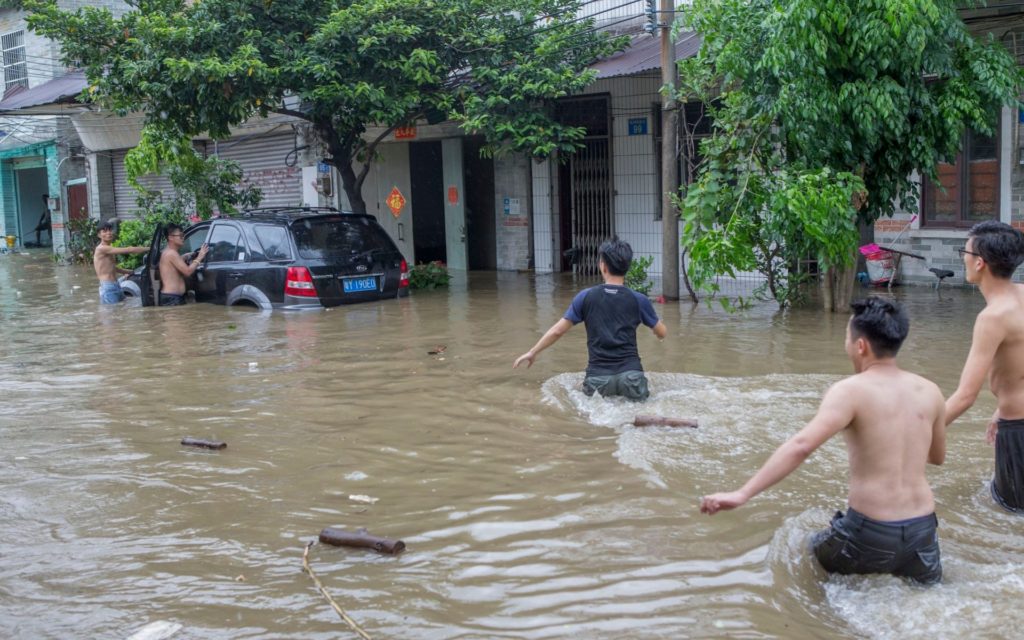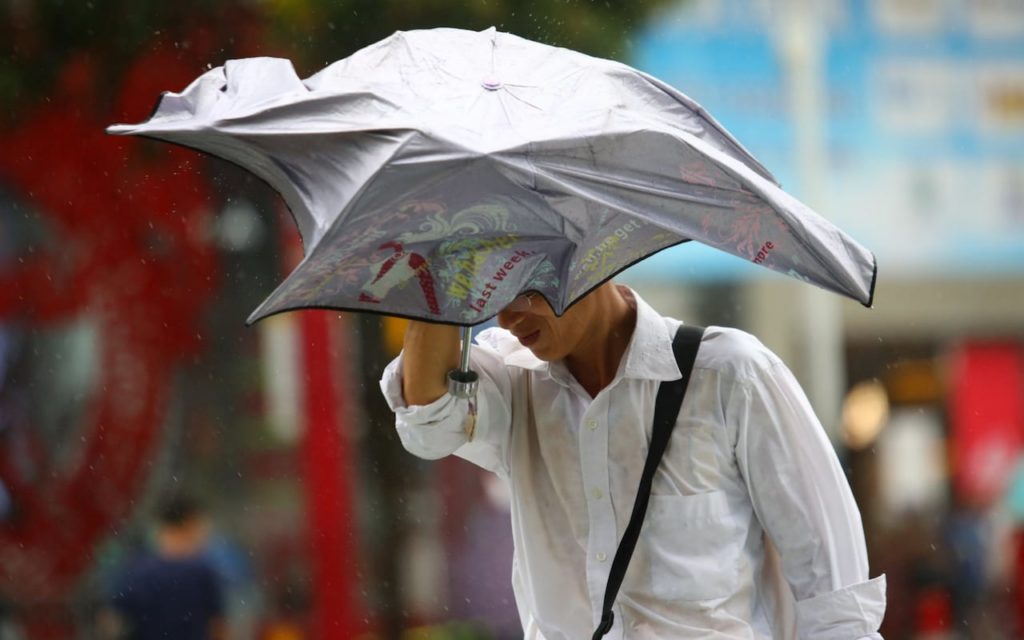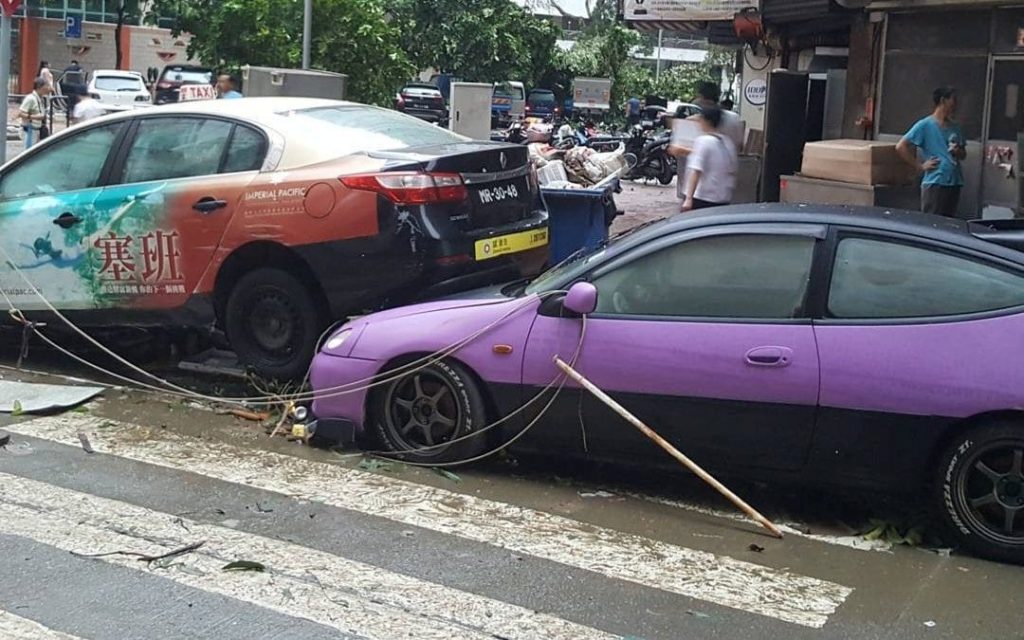Typhoon Hato Leaves 16 Dead as 27,000 Evacuated in China
SPOTLIGHT, 4 Sep 2017

People walk to a vehicle trapped in the flooding caused by Typhoon Hato and the astronomical tide on August 23, 2017 in Guangzhou, China Credit: Barcroft
24 Aug 2017 – The strongest storm to hit parts of southern China in half a century continued to wreak havoc today, leaving 16 people dead, dozens injured and forcing tens of thousands to be evacuated from their homes.
Powerful Typhoon Hato had brought widespread destruction to the gambling mecca of Macau and the nearby city of Hong Kong on Wednesday, but had continued to lash China’s southern Guangdong province on Thursday.
httpv://www.youtube.com/watch?v=b6Tbq029dsU
Authoritieis in China “called for efforts to guard against geographical disasters such as mountain floods and landslides”, Xinhua state news agency said.
Up to 30cm of rain was expected in some parts of Guangdong and the neighbouring Guangxi province as the storm passed through.
Eight people were killed in mainland China due to the storm, Chinese state broadcaster CCTV said, while another eight also died in Macau.
The former Portuguese colony was swamped in water when the storm was at its peak, packing winds of up to 160 kilometers (99 miles) per hour.
httpv://www.youtube.com/watch?v=LCYuoPeMSEg
Mega-casinos located across the usually bustling city were struggling to start up generators on Thursday after they experienced power cuts a day earlier.
Images on social media showed residents wading through murky water in the city’s streets.
The local government said many people still had no water and electricity on Thursday.
Officials said 153 people were injured in Macau, while in Hong Kong more than 120 were hurt.

A man holds an umbrella against winds brought by Typhoon Hato in Foshan, Guangdong province, Credit: Reuters
Chinese media said 27,000 people had been moved into safe areas in China, while two million people are without power.
Wu Zhifang, chief weather forecaster at Guangdong meteorological bureau, told Xinhua: “Compared to other typhoons, Hato moved fast, grew powerful fast, and caused massive rainfall.”
Macau’s government broadcaster TDM said Typhoon Hato, a maximum signal 10 storm, was the strongest since 1968 to hit the city.
Hong Kong saw its strongest storm in 1962 when gusts of 284 kilometres per hour were recorded during Typhoon Wanda, which caused 130 deaths.
_____________________________________________
Additional reporting by Christine Wei
Go to Original – telegraph.co.uk
DISCLAIMER: The statements, views and opinions expressed in pieces republished here are solely those of the authors and do not necessarily represent those of TMS. In accordance with title 17 U.S.C. section 107, this material is distributed without profit to those who have expressed a prior interest in receiving the included information for research and educational purposes. TMS has no affiliation whatsoever with the originator of this article nor is TMS endorsed or sponsored by the originator. “GO TO ORIGINAL” links are provided as a convenience to our readers and allow for verification of authenticity. However, as originating pages are often updated by their originating host sites, the versions posted may not match the versions our readers view when clicking the “GO TO ORIGINAL” links. This site contains copyrighted material the use of which has not always been specifically authorized by the copyright owner. We are making such material available in our efforts to advance understanding of environmental, political, human rights, economic, democracy, scientific, and social justice issues, etc. We believe this constitutes a ‘fair use’ of any such copyrighted material as provided for in section 107 of the US Copyright Law. In accordance with Title 17 U.S.C. Section 107, the material on this site is distributed without profit to those who have expressed a prior interest in receiving the included information for research and educational purposes. For more information go to: http://www.law.cornell.edu/uscode/17/107.shtml. If you wish to use copyrighted material from this site for purposes of your own that go beyond ‘fair use’, you must obtain permission from the copyright owner.
